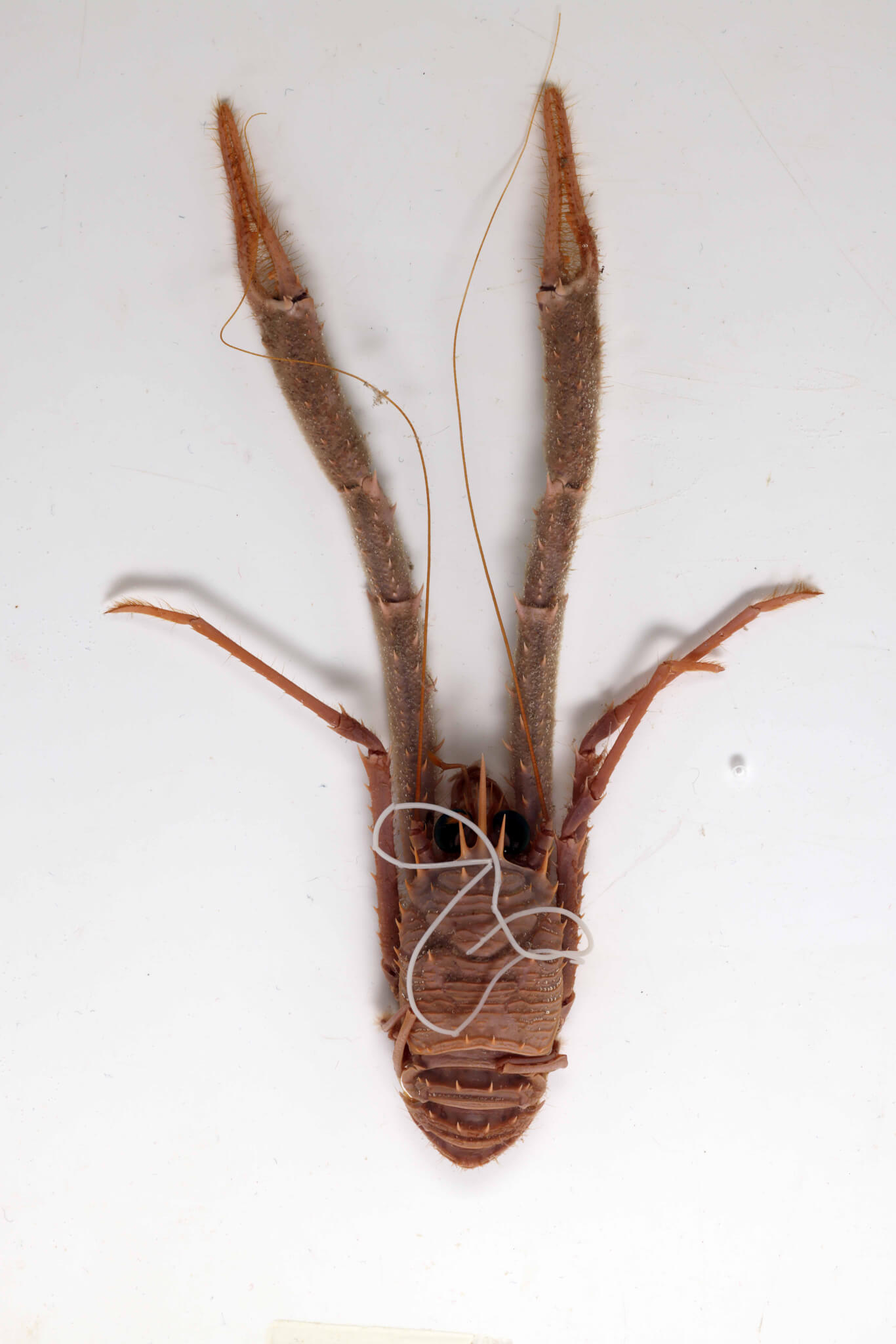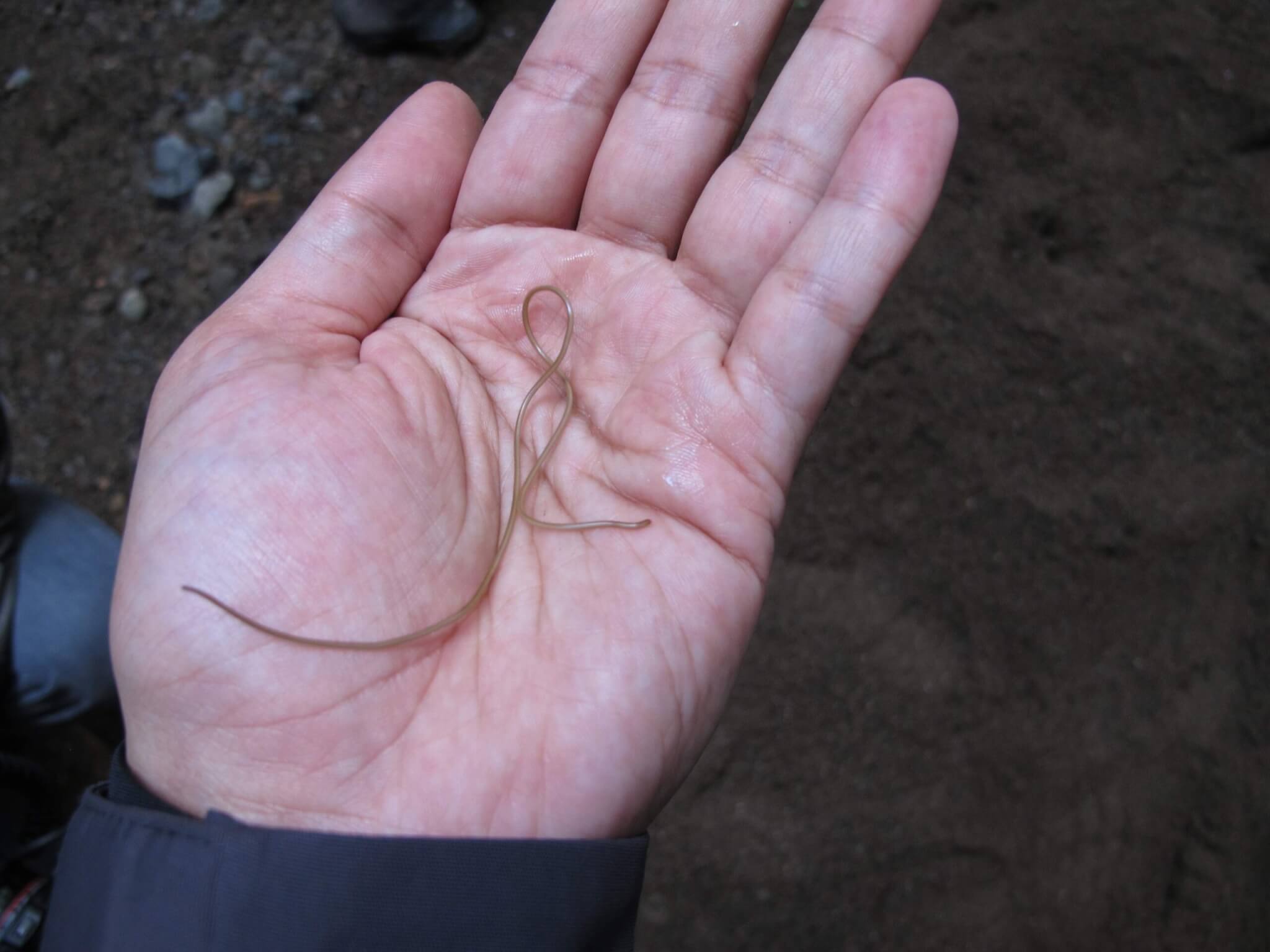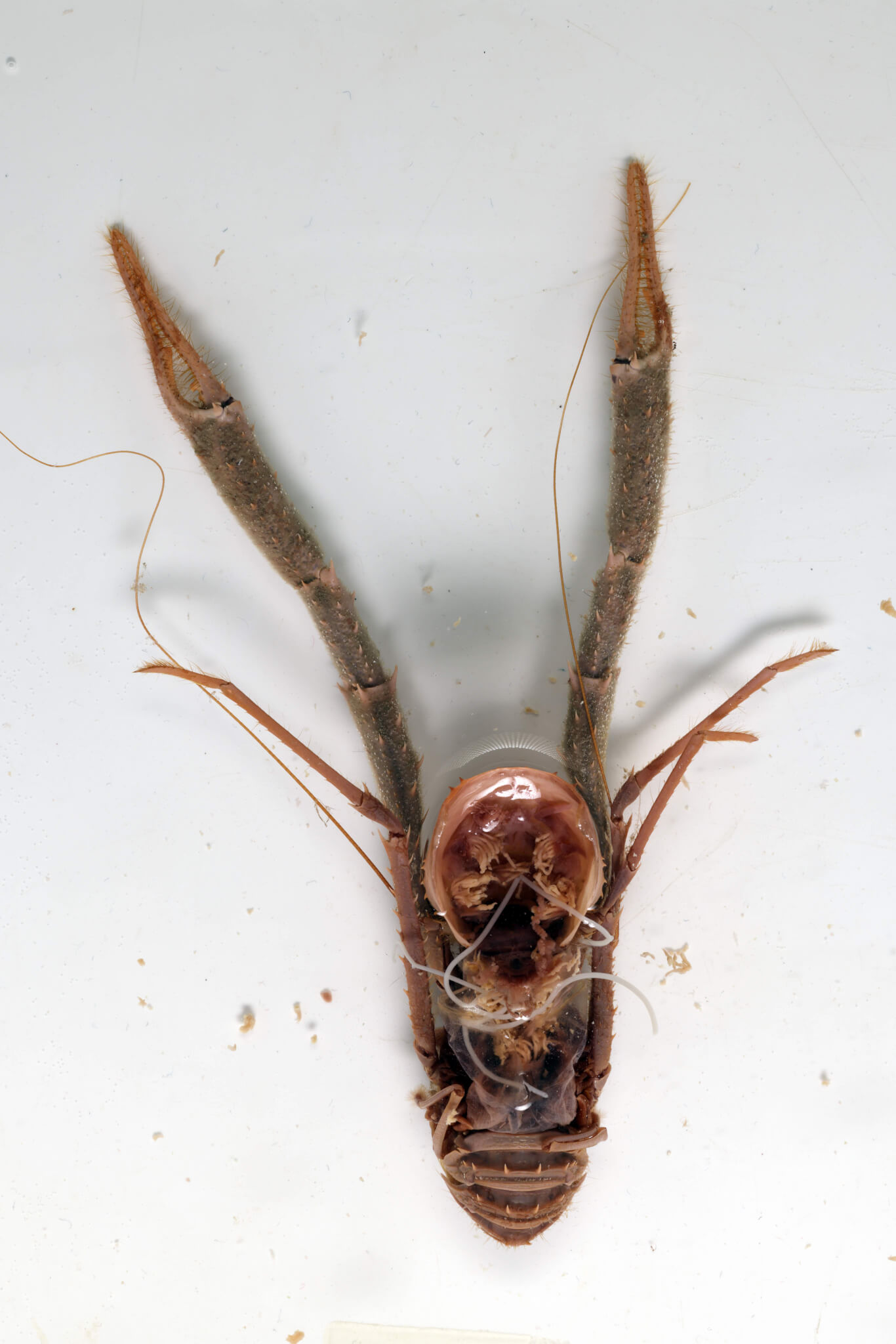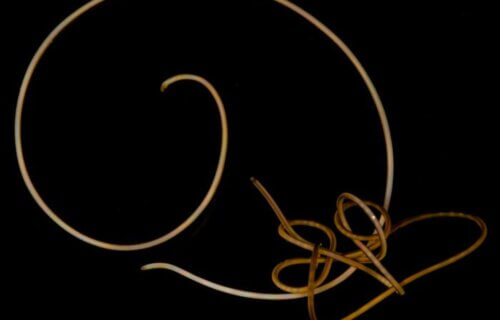CHICAGO — A parasitic worm best known for its “mind control” abilities is surprisingly missing genes that are found in every other animal on Earth. Scientists discovered that hairworms, infamous for taking over their host animals, are missing about 30 percent of the genes typically seen in other creatures.
This absence is particularly striking since the genes in question are responsible for the development of cilia, hair-like structures found in most known animals.
Hairworms, resembling thin spaghetti strands and found globally, are parasites with no excretory, respiratory, or circulatory systems. They live predominantly inside other creatures, manipulating their hosts’ behavior in fascinating ways.
“One of the coolest things, maybe the thing that they are most known for, is that they can affect the behavior of their hosts and make them do things that they wouldn’t do otherwise,” says Tauana Cunha, the study’s lead author and a postdoctoral researcher at Chicago’s Field Museum, in a media release.
These worms have a captivating life cycle. Starting as eggs in water, they’re consumed by small predators like mayfly larvae. These larvae are then eaten by larger predators, such as crickets, where hairworms grow to adulthood. Once mature, the worms drive their hosts into the water, then escape to mate and restart the cycle.

Cunha, along with her team from Harvard University and the University of Copenhagen, examined hairworm DNA, aiming to understand its evolutionary relationship with other species.
“We set out to sequence their genomes, because nothing like them has ever been sequenced before at that level,” says Cunha. “The goal was to produce those genomes and eventually use them to understand the evolutionary relationships between hairworms and other kinds of animals.”
Upon sequencing, though, a startling fact emerged.
“What we found, which was very surprising, was that both hairworm genomes were missing about 30 percent of a set of genes that are expected to be present across basically all groups of animals,” says Cunha.

This anomaly piqued the team’s interest. The predominant missing genes in the two hairworm species were nearly identical, an occurrence too specific to attribute to chance.
Delving into these missing genes, the team discerned they were responsible for cilia development. Cilia are tiny cell structures found in many life forms, including humans. Previous observations hinted at hairworms lacking cilia, such as their sperm not having tails. However, this was the first concrete evidence.
“Based on previous observations, it didn’t seem like hairworms had any cilia, but we didn’t really know for sure,” explains Cunha. “Now with the genomes, we saw that they actually lack the genes that produce cilia in other animals — they don’t have the machinery to make cilia in the first place.”

This genetic absence in both marine and freshwater hairworms suggests that this evolutionary shift traces back to a common ancestor. It’s still uncertain how this cilia absence has affected hairworms or its connection, if any, to their parasitic behavior.
Interestingly, hairworms are not the only “mind-controlling” organisms. Protozoans and certain fungi also exhibit similar behaviors, manipulating their hosts for survival. Cunha remains hopeful that studying such creatures can provide insight into these bizarre behaviors.
“By doing this comparative analysis across organisms in the future, we might be able to look for similarities,” notes Cunha. “Or maybe these organisms evolved similar behaviors in completely different ways from each other.”
The study was published in the journal Current Biology.
You might also be interested in:
- Yellowstone mysteries: Brain-altering parasite affecting wolves, ancient supervolcano closer to eruption?
- Brain-altering parasite makes infected people MORE attractive to others, study says
- Best nature photos for 2022 include mind-controlling ‘zombie’ fungus infecting a fly

